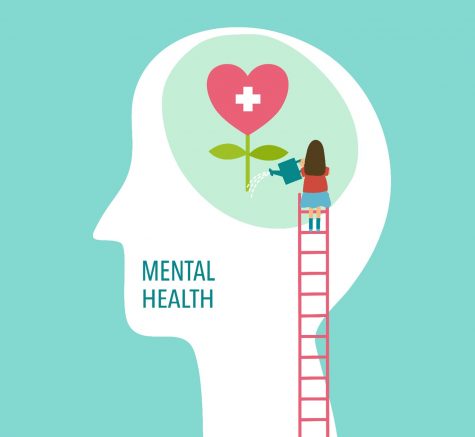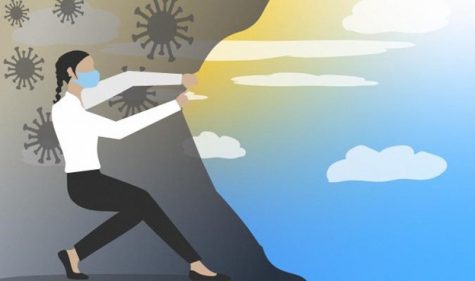BEYOND: Psychological Disorders and Diagnostics in the Age of COVID-19

Photograph courtesy of stockvault.net
The aggregate of medical, financial, social, physical and psychological fallout brought about by the coronavirus pandemic is unquantifiable at this time. Although case numbers and hospitalizations in the United States seem to be declining, damages are continually being assessed. In a survey conducted over the summer, the Centers for Disease Control and Prevention (CDC) found that 40 percent of American adults reported dealing with mental health or substance abuse problems, almost a third were dealing with anxiety or depression, 26 percent were grappling with symptoms of traumatization and almost 11 percent were seriously thinking about committing suicide. Some experts claim that a “mental health pandemic” is already underway, and both psychological and physical health have been shown to be interconnected inevitably during this time. According to a study by Taquet et al., almost one in five people who test positive for COVID-19 receive a diagnosis of a psychological disorder – such as a panic disorder or major depression – in the first three months after COVID-19 diagnosis. On top of that, people who already have at least one psychological disorder are particularly vulnerable to coronavirus infection, with the risk being approximately 65 percent higher than that of individuals without a psychological disorder.
Experts in the realm of psychology are identifying and predicting pandemic-centered changes in the field that may impact the development and exacerbation of psychological disorders, modes of therapy, diagnostic definitions and criteria and other emerging developments. One such development is the concept of posttraumatic stress disorder (PTSD) brought about by experiencing or witnessing severe COVID-19 infection, hospitalization and the death of patients or loved ones. Even witnessing aspects of emergency services – such as a COVID-19 patient being placed on a stretcher – can catalyze symptoms of PTSD. Referred to as Post-COVID Stress Disorder, this condition can be compounded by other stress-inducing elements of the pandemic. The average citizen has likely dealt with additional financial burdens, occupational changes, isolation from friends and family and the removal of healthy coping options such as going to the gym. Healthcare workers face high-risk and high-stress situations, patient intubation and death, shortages of crucial resources and choices about whom to save in life and death situations.
Beyond the more common presentation of heightened anxiety due to the pandemic lies “coronaphobia,” or the intense fear of COVID-19 infection. This contemporary anxiety disorder leads to a disproportionately intense, long-term sense of anxiety, the avoidance of situations that remind the person of COVID-19, cognitive distortions, problems coping effectively with stress, depression, feelings of hopelessness and suicidality. While this condition is comparable in some manner to other phobias, it is unique in its symptom catalysis and inescapability. Merely reading a news article, going outside, hearing a public health advertisement on the radio while listening to music or talking to another person could set off debilitating terror and auxiliary symptoms in those affected.
With new developments still emerging and mutating, it is unclear at this point in time whether or not there will be any new additions to the Diagnostic and Statistical Manual of Mental Disorders (DSM) to accommodate new pandemic-focused disorders. Clinicians may have to adapt their diagnostic protocol and treatment plans to work with clients suffering from these conditions.
For remote mental health services, contact the Counseling Center at (217) 206-7122 or [email protected].







